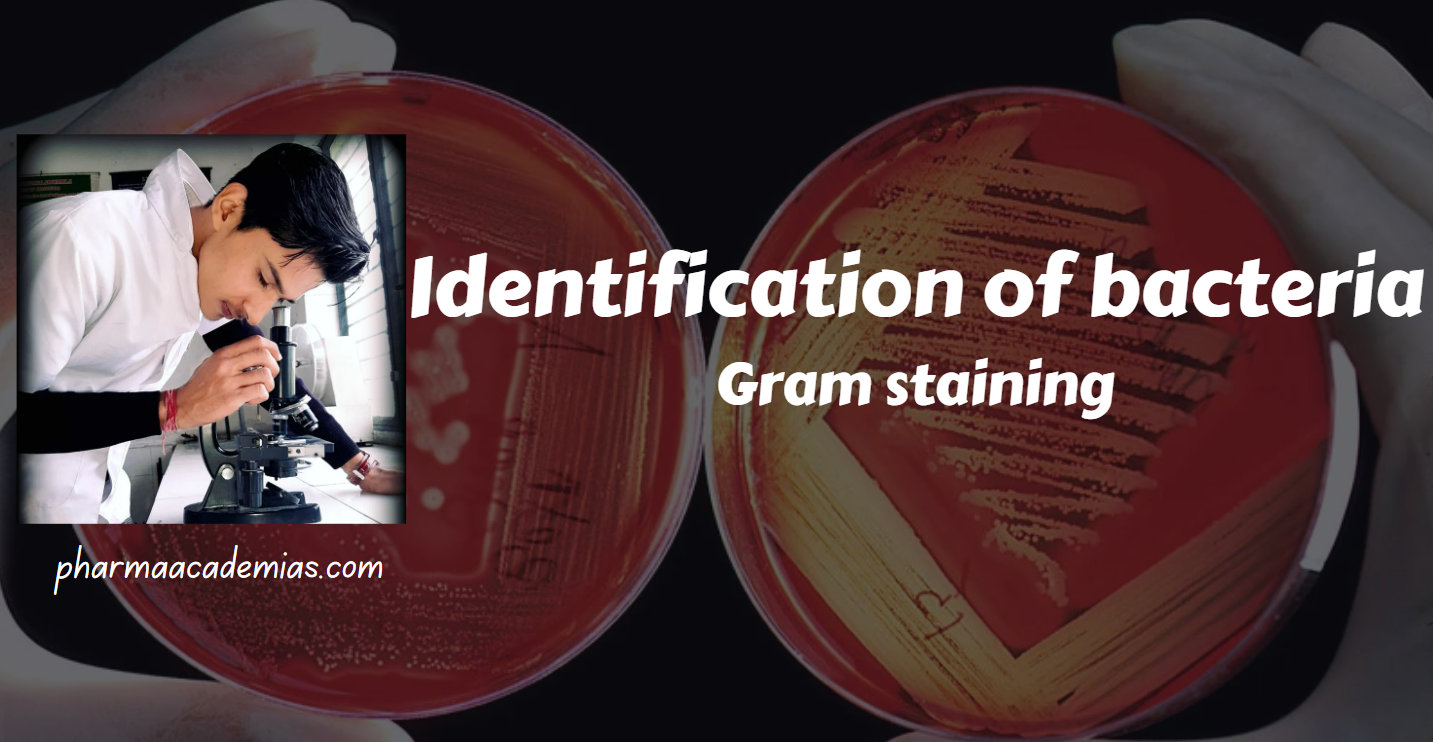Arrhythmias are disorders of the heart rhythm, which can range from benign to life-threatening conditions. Anti-arrhythmic drugs are used to treat and prevent these rhythm disturbances by modifying the electrical activity of the heart.
Introduction
Anti-arrhythmic drugs are medications designed to treat abnormal heart rhythms. They work by altering the electrical impulses in the heart, thereby restoring normal rhythm and preventing recurrent episodes of arrhythmias. The primary goals of anti-arrhythmic therapy are to maintain normal sinus rhythm, control heart rate, and prevent thromboembolic events.
Classification of Anti-Arrhythmic Drugs
Anti-arrhythmic drugs are classified based on the Vaughan Williams classification system, which is divided into four main classes (I-IV) according to their primary mechanism of action on the cardiac cell action potential. An additional fifth category includes drugs that do not fit into the traditional classification.
1. Class I: Sodium Channel Blockers
Class IA
Examples: Quinidine, Procainamide, Disopyramide
Mechanism of Action: Block sodium channels during phase 0 of the action potential, slowing conduction and prolonging the action potential duration and refractory period.
Uses: Atrial fibrillation, atrial flutter, ventricular tachycardia.
Side Effects: QT interval prolongation, torsades de pointes, anticholinergic effects (disopyramide), lupus-like syndrome (procainamide).
Class IB
Examples: Lidocaine, Mexiletine
Mechanism of Action: Block sodium channels during phase 0 and shorten the action potential duration, particularly effective in ischemic or depolarized tissue.
Uses: Ventricular arrhythmias, especially post-myocardial infarction.
Side Effects: CNS toxicity (drowsiness, confusion, seizures), gastrointestinal disturbances (mexiletine).
Class IC
Examples: Flecainide, Propafenone
Mechanism of Action: Strong sodium channel blockade, markedly slowing conduction with little effect on action potential duration.
Uses: Supraventricular arrhythmias (e.g., atrial fibrillation), life-threatening ventricular arrhythmias.
Side Effects: Proarrhythmic effects, particularly in patients with structural heart disease, CNS effects (dizziness, blurred vision).
2. Class II: Beta-Blockers
Examples: Metoprolol, Atenolol, Esmolol, Propranolol
Mechanism of Action: Block beta-adrenergic receptors, reducing sympathetic stimulation of the heart, decreasing heart rate, and prolonging the AV node refractory period.
Uses: Atrial fibrillation, atrial flutter, supraventricular tachycardia, prevention of sudden cardiac death post-myocardial infarction.
Side Effects: Bradycardia, hypotension, bronchospasm (in non-selective beta-blockers), fatigue, sexual dysfunction.
3. Class III: Potassium Channel Blockers
Examples: Amiodarone, Sotalol, Dofetilide, Ibutilide
Mechanism of Action: Block potassium channels, prolonging repolarization (phase 3) and increasing the action potential duration and refractory period.
Uses: Atrial fibrillation, atrial flutter, ventricular tachycardia, ventricular fibrillation.
Side Effects:
Amiodarone: Pulmonary fibrosis, thyroid dysfunction (hypo- or hyperthyroidism), liver toxicity, skin discoloration, corneal deposits.
Sotalol: QT interval prolongation, torsades de pointes, beta-blocking effects (bradycardia, hypotension).
Dofetilide/Ibutilide: QT interval prolongation, torsades de pointes.
4. Class IV: Calcium Channel Blockers
Examples: Verapamil, Diltiazem
Mechanism of Action: Inhibit calcium channels, particularly affecting the AV node, slowing conduction and prolonging the refractory period.
Uses: Supraventricular tachycardias, atrial fibrillation, atrial flutter.
Side Effects: Bradycardia, hypotension, constipation (verapamil), AV block.
5. Class V: Miscellaneous
Examples: Digoxin, Adenosine, Magnesium sulfate
Mechanism of Action:
Digoxin: Increases vagal tone, slowing AV nodal conduction and increasing the refractory period.
Adenosine: Activates adenosine receptors, causing transient AV nodal block.
Magnesium sulfate: Stabilizes cell membranes, used in torsades de pointes and digoxin toxicity.
Uses:
Digoxin: Atrial fibrillation, atrial flutter, heart failure.
Adenosine: Paroxysmal supraventricular tachycardia (PSVT).
Magnesium sulfate: Torsades de pointes, digitalis-induced arrhythmias.
Side Effects:
Digoxin: Digoxin toxicity (nausea, vomiting, visual disturbances, arrhythmias).
Adenosine: Transient flushing, chest pain, dyspnea, hypotension.
Magnesium sulfate: Hypermagnesemia (hypotension, respiratory depression).
Mechanisms of Action of Anti-Arrhythmic Drugs
Sodium Channel Blockers (Class I): Reduce the rate of rise of the action potential, slowing conduction.
Beta-Blockers (Class II): Decrease sympathetic activity, reducing heart rate and myocardial contractility.
Potassium Channel Blockers (Class III): Prolong repolarization, increasing action potential duration and refractory period.
Calcium Channel Blockers (Class IV): Inhibit calcium entry, particularly affecting the AV node to slow conduction.
Miscellaneous (Class V): Varying mechanisms including increasing vagal tone, blocking adenosine receptors, and stabilizing cell membranes.
Uses of Anti-Arrhythmic Drugs
Atrial Fibrillation and Flutter: Rate control (beta-blockers, CCBs, digoxin) and rhythm control (Class I and III agents).
Supraventricular Tachycardias (SVT): Acute termination (adenosine) and prevention (beta-blockers, CCBs, Class I and III agents).
Ventricular Arrhythmias: Acute treatment (Class I and III agents) and prevention of sudden cardiac death (beta-blockers, amiodarone).
Post-Myocardial Infarction: Prevention of recurrent arrhythmias (beta-blockers).
Heart Failure: Rate control in atrial fibrillation (digoxin, beta-blockers).
Side Effects of Anti-Arrhythmic Drugs
Class I (Sodium Channel Blockers):
IA: QT interval prolongation, torsades de pointes, anticholinergic effects.
IB: CNS toxicity, gastrointestinal disturbances.
IC: Proarrhythmic effects, CNS effects.
Class II (Beta-Blockers): Bradycardia, hypotension, bronchospasm, fatigue, sexual dysfunction.
Class III (Potassium Channel Blockers):
Amiodarone: Pulmonary fibrosis, thyroid dysfunction, liver toxicity, skin discoloration, corneal deposits.
Sotalol, Dofetilide, Ibutilide: QT interval prolongation, torsades de pointes.
Class IV (Calcium Channel Blockers): Bradycardia, hypotension, constipation, AV block.
Class V (Miscellaneous):
Digoxin: Digoxin toxicity (nausea, vomiting, visual disturbances, arrhythmias).
Adenosine: Transient flushing, chest pain, dyspnea, hypotension.
Magnesium sulfate: Hypermagnesemia (hypotension, respiratory depression).
Visit to: Pharmacareerinsider.com




